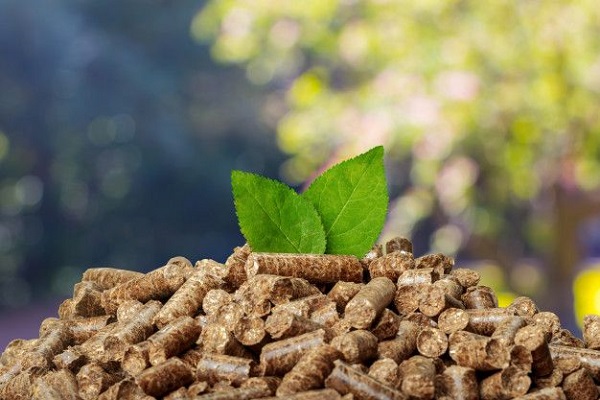
Advantage of Pellets
Among the advantages of pellet fuel, being a sustainable source comes first. In addition, one of its most important advantages is that it is produced 100% from domestic resources. Thanks to the pellet fuel system, fossil fuel imports are reduced. It also makes a great contribution to the country's economy. Using pellet fuel is less dangerous than using other fuel systems. Pellet fuel is also used in electrical energy production. No trees are cut down during commercial pellet production. Pellet fuel also clears forest waste. Thanks to this aspect, it ignites easily. The pellet fuel system has the cleanest combustion system among solid fuel systems. In conventional solid fuel systems, a high percentage of tar spirit is formed in the chimneys. In pellet fuel systems, this is almost absent. The pellet fuel system takes up almost less space than wood. In pellet fuel systems, wood pellet systems are known to be ozone friendly. There is no danger of poisoning in these fuel systems like coal. With pellet fuel systems, you will not experience dust or smoke in the boiler room. When there is a power cut, you do not need to intervene in the boiler room. Differences Between Pellets and Other Fuels Maximum energy density, low transportation and appropriate storage costs are among the advantages of pelletizing. Standardizing the form and composition of the fuel material is also one of the most important advantages of pelletization. As a result of these advantages, pelletization provides automatic feeding in domestic and industrial use boilers. One of the biggest differences between pellet and other fuels is the low ash content. Due to the low ash rate, the efficiency of the combustion system is maximized and operating costs are reduced. Pellets, which make a difference in terms of calorific value, waste amount, humidity, CO₂ Emission and mass density, are advantageous in every respect compared to other fuels. What are the Properties of Pellet? Pellets are very cheap compared to other fossil fuels. Pellets offer the opportunity to be burned as controlled as natural gas. Pellets, especially pellet stoves and pellet boilers, are widely used. 1 ton of pellets instead of 3.5 tons of wood best meets all heating requirements. The density of the pellet varies between 1000 kg/m3 and 1100kg/m3. When 1 ton of pellets are burned, 10 kg of ash is produced and there is no pollution in the chimneys. The moisture in the pellet, which is extremely easy to transport, is between 7% and 12%. In general, it should be stored in 25 kg sacks in moisture-free closed areas. Pellet, which is important for the protection of the environment and nature, stands out as the cleanest fuel. In short, pellets are the fuel of the future.